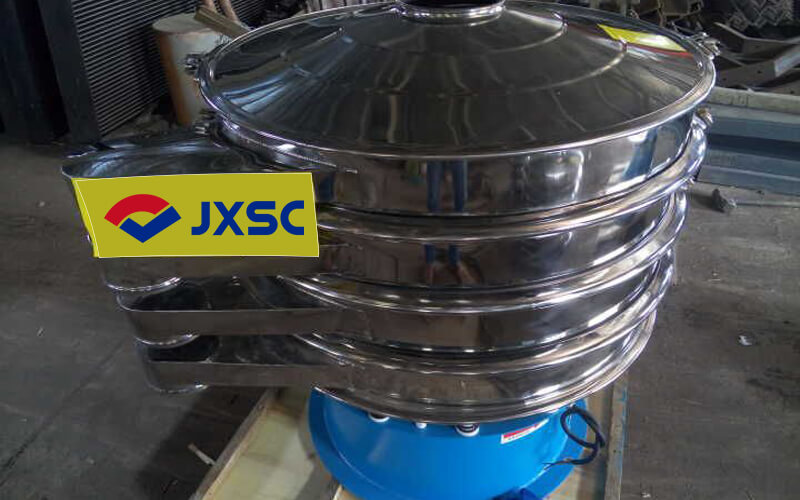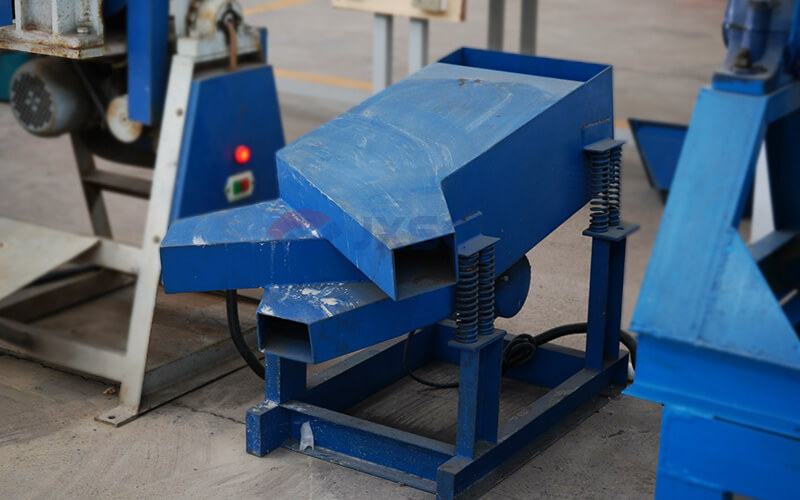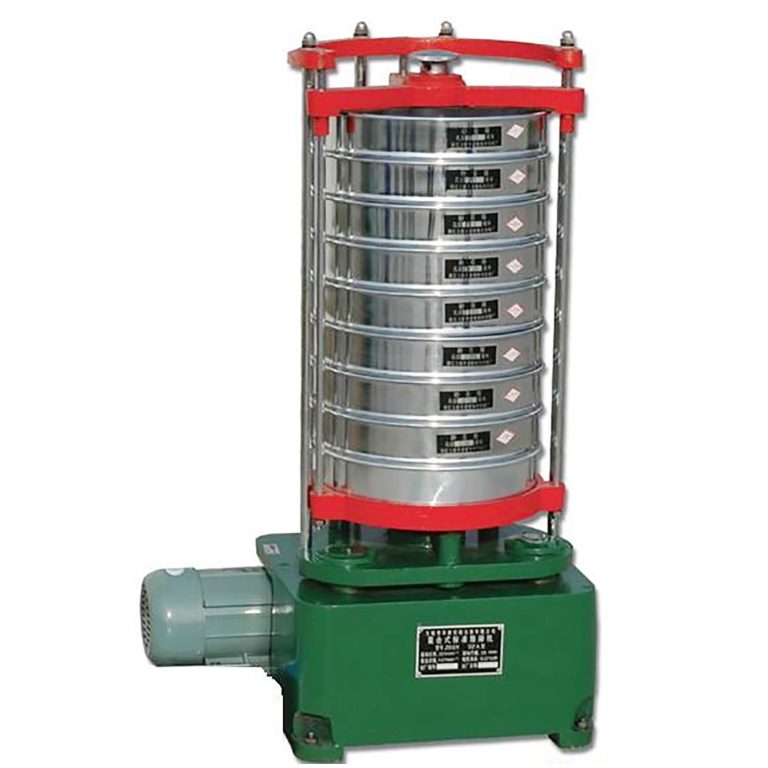Laboratory screening equipment is suitable for screening and filtering the particle size structure, liquid solid content and impurity content of granular and powdery materials in various laboratories, laboratories, and inspection departments such as item screening, sieving, and grading. Usually, screening equipment is made of materials that will not chemically react with the materials. We will introduce the following common laboratory screening equipment, among which automated instruments can replace manual screening, thereby improving the efficiency of experimental particle size analysis.
rotary vibrating screen
The rotary vibrating screen is a tool used for particle size classification and particle size detection of material particles. It is a high-precision washing and screening equipment. Especially for the screening and filtering of granules, powder, mucus and other materials, the effect is very significant. It only takes a few minutes to replace the screen, multi-layer particle size screening, and the finished product is uniform. In laboratory mineral testing, this equipment is often used for particle size analysis, and different layer types of screens can also be selected according to the specific needs of screening materials.
Principle
An upright motor is used as the excitation source. Eccentric weights are installed at the upper and lower ends of the motor to convert the rotational motion of the motor into horizontal, vertical, and tilted three-dimensional motion. This motion is then transmitted to the screen surface, so that the material The screen surface performs an outward expanding involute motion. Its inertial force forces the vibrating body of the screen machine to perform a circular motion, and the screen frame continuously reciprocates under the action of the vibration force, which drives the screen surface to vibrate periodically, so that the materials on the screen surface are oriented along with the screen box. Active movement. During this period, materials smaller than the pore size of the screen fall to the lower layer through the screen holes and become undersize materials. Materials larger than the screen diameter are discharged from the discharge port after continuous jumping motion to complete screening.
Features:
- Wide range of applicability, any powder or mucus can be screened;
- Fully enclosed structure, the screening process is pollution-free and the environment is excellent;
- Impurities or coarse materials are automatically discharged, allowing continuous operation and high production efficiency.

Small vibrating screen
Small vibrating screen is a screening tool used to separate and determine the size of particles. It can screen out materials of multiple particle sizes at one time and is widely applicable. It is often used in laboratory or departmental mineral research, and is the most common linear screening equipment for screening powdered or granular dry materials or filtering liquid materials.
Principle
It mainly uses the vibration motor excitation as the vibration source to make the material be thrown up on the screen and move forward in a straight line at the same time. The material enters the feed of the screening machine evenly from the feeder. Under the cooperation of the excitation force and the self-gravity of the material, its motion trajectory is a straight line, and the material is thrown up on the screen surface. It has multiple discharge ports and can screen out several materials of different particle sizes at one time.
Features
- It can achieve more accurate and consistent separation;
- It can screen out four or more materials of different particle sizes at one time;
- It has high screening efficiency, low energy consumption and low cost.

Sieve Shaker
This sieve shaker is suitable for screening dry and wet materials and is often used in laboratory ore sample particle size testing. The purpose is to separate particles of different sizes in the material through different sieve apertures.
Principle
The upper vibrating plate is driven to vibrate by a vibrating motor, and then transmitted to the sieve frame placed on the upper part of the vibrating plate through the vibrating plate. Then, the sieve frame with the mesh number to be detected screens the material particles smaller than the sieve aperture to the lower sieve frame. In this way, only materials of the same particle size are left in each sieve frame, so that different particle sizes can be separated and the particle size composition of this material can be determined, so that the material in the sieve frame can be filtered, graded and screened very effectively.
Features
- Simple structure, easy operation and maintenance;
- Continuous and intermittent screening can be achieved;
- The top cover is made of stainless steel to prevent powder overflow during screening;
- Smooth operation, low noise and high efficiency.

The above screening equipment is more common in laboratory mineral testing. It can completely replace manual screening and achieve the most accurate screening efficiency. Before investing in large-scale production lines, the results of laboratory tests can be used to obtain the maximum mineral recovery rate. Asia-Africa International supports customized laboratory equipment and testing services, contact us for more details!
